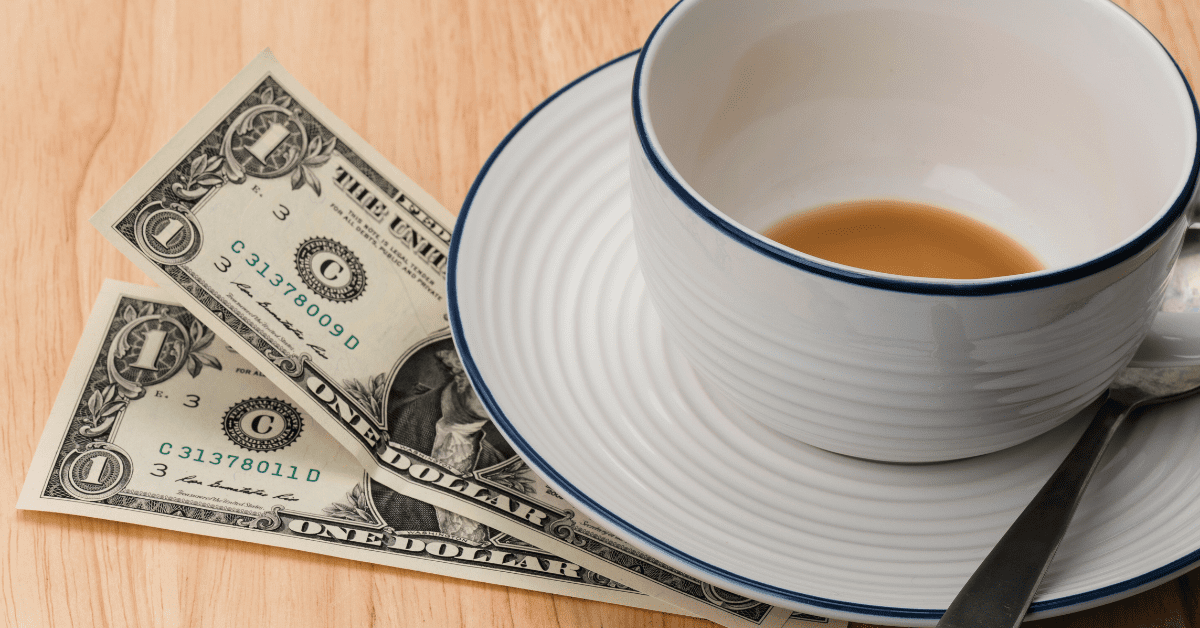
Columnist Phil Hardwick says tipping has become a controversial subject as customers are confronted with more devices at checkout counters suggesting certain tips.
It’s Christmas tipping season and there is no shortage of online guides about who to tip and how much to tip. It’s all very confusing this year because tipping has become a controversial subject. Also, customers are confronted with more devices at checkout counters suggesting certain tips.
According to a recent study by the Pew Research Center, approximately seven in ten U.S. adults (72%) say tipping is expected in more places today than it was five years ago.
Key findings from the study were as follows:
- The public is more likely to oppose than favor suggested tip amounts – More Americans oppose (40%) than favor (24%) businesses suggesting tip amounts to their customers – for example, on the bill or a checkout screen. Another 32% neither favor nor oppose the practice.
- Americans broadly oppose automatic service charges – About seven in ten adults (72%) say they oppose businesses including automatic service charges or tips on customers’ bills, regardless of group size – including half who strongly oppose the practice. Only 10% favor such charges.
- Americans’ tipping behavior varies by situation – About nine in ten adults who eat at sit-down restaurants (92%) say they always or often leave a tip in this scenario. Among those using other services, smaller majorities tip when getting a haircut (78%), having food delivered (76%), buying a drink at a bar (70%), or using a taxi or rideshare service (61%). Relatively few Americans always or often tip when buying a coffee (25%) or eating at a fast-casual restaurant (12%).
- A majority of Americans say they would tip 15% or less for an average meal at a sit-down restaurant – Nearly six-in-ten (57%) say this, including 2% who say they wouldn’t leave any tip. Only a quarter of people say they’d tip 20% or more.
- For most people, tipping is first and foremost about service – Around three-quarters of adults (77%) say the quality of the service they receive is a major factor in deciding whether and how much to tip. None of the other factors asked about comes close.
- One question that tippers in restaurants ask about is how tips are distributed. Many diners feel that the person who served them should get the tip. A broad majority of Americans (72%) say the fairest way would be for each server to keep all of the money they receive in tips. Far fewer say the fairest way would be for tips to be pooled together and then shared among the entire staff (14%) or among all the servers (13%).
The last point above raising an interesting question. Let’s say 10 servers at a restaurant bring in $1,000 total in tips one evening. The highest-tipped server brought in $350, and the lowest brought in $75. Under many arrangements these days, all the tips would be put in a pot, so to speak, and then distributed equally. Is this fair? Perhaps not. But maybe it’s the best way for some establishments.
Federal law sets the minimum hourly wage for tipped employees at $2.13 per hour, but many states mandate a higher level. Others say that restaurants should pay employees a living wage. Some restaurants have tried that with success, some not. Many employees who work for tips say their income would go down if their restaurant paid a living wage.
I had this discussion recently with a server at a downtown hotel/restaurant/bar in Denver, Colorado. It was a late Sunday afternoon. Business was slow, allowing a long conversation with the server. He shared his background, current work status, and plans for the future. Approximately 30 years of age, he was from California and had worked at restaurants and bars in several states. He said that his goal was to learn everything he could about the industry and then open his own restaurant. I asked if he had ever worked in Mississippi. “No,” he replied. “I wouldn’t work there because the minimum wage for tipped workers is too low. It’s around $12 per hour in Colorado.”
So, what is a restaurant owner to do?
Sean Kennedy, executive vice president for public affairs of the National Restaurant Association said, “Full-service operators should have the option to choose a compensation model that works best for them, their servers, and their customers. Tipping enables lower costs for operators, higher wages for workers., and a professional level of customer service for diners.”
Employers will want to check out the IRS Publication 3144: Tips on Tips – A Guide to Tip Income Reporting for Employers in Businesses Where Tip Income is Customary. Likewise, affected employees will want to review IRS Publication 3148: Tips on Tips. IRS offers several options for participating in tip reporting.
Given that the Pew Research study found that customers are confused about who to tip and when to tip, perhaps the best advice is simply to tip someone who provides good service, especially those who do so regularly.











